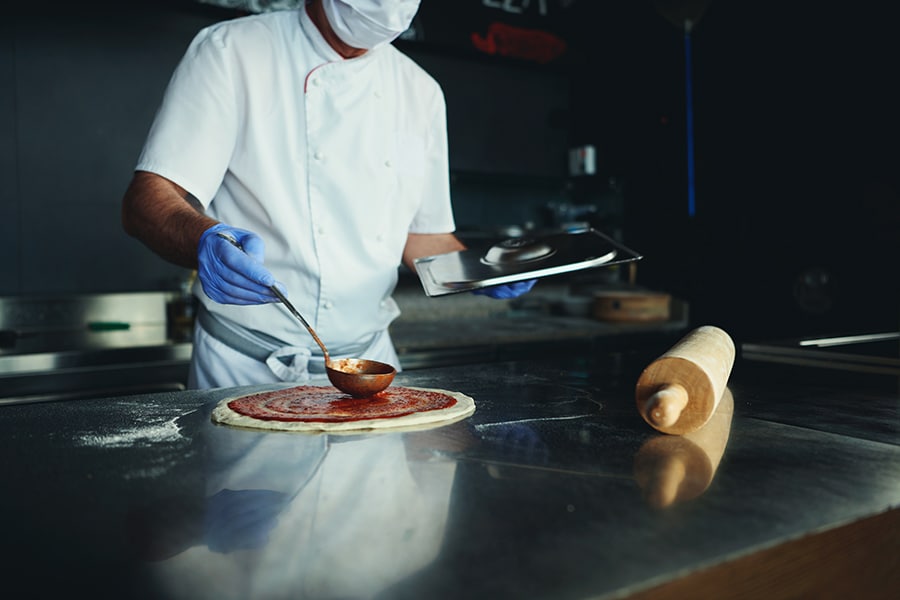
Coronavirus careers: Cloud kitchens are now serving
Cloud kitchens are restaurants built around food delivery rather than sit-down service, and they are increasing in popularity as COVID-19 disrupts the industry
 Image: Shutterstock
Image: Shutterstock
The restaurant industry is one of those most devastated by COVID-19, and social distancing will continue to make many small restaurants unviable. Reduced revenue flows will never cover the rent.
But not all is lost. In our research, one area of the restaurant industry offers hope and even growth. As restaurants shuttered during social lockdowns in March and April, food delivery soared. An increasing number of those deliveries originated from recently established “cloud kitchens.” More remarkable, most of the restaurants left standing became virtual cloud kitchens themselves, literally overnight.
What is a cloud kitchen?
Cloud kitchens are commercial facilities purpose-built to produce food specifically for delivery. They do not have brick-and-mortar dine-in areas and consist of shared kitchen space with culinary staff preparing meals that are then delivered to customers at home or at work, typically through online delivery companies such as Uber Eats, Postmates, Grubhub, and DoorDash. (Delivery services are not new, of course. In 2018, American consumers used third-party delivery services to place $10.2 billion in food orders.)
It’s an interesting turnabout. Delivery services started out supplying a service to restaurants; now cloud kitchens are supplying a service to delivery firms.
This article was provided with permission from Harvard Business School Working Knowledge.




